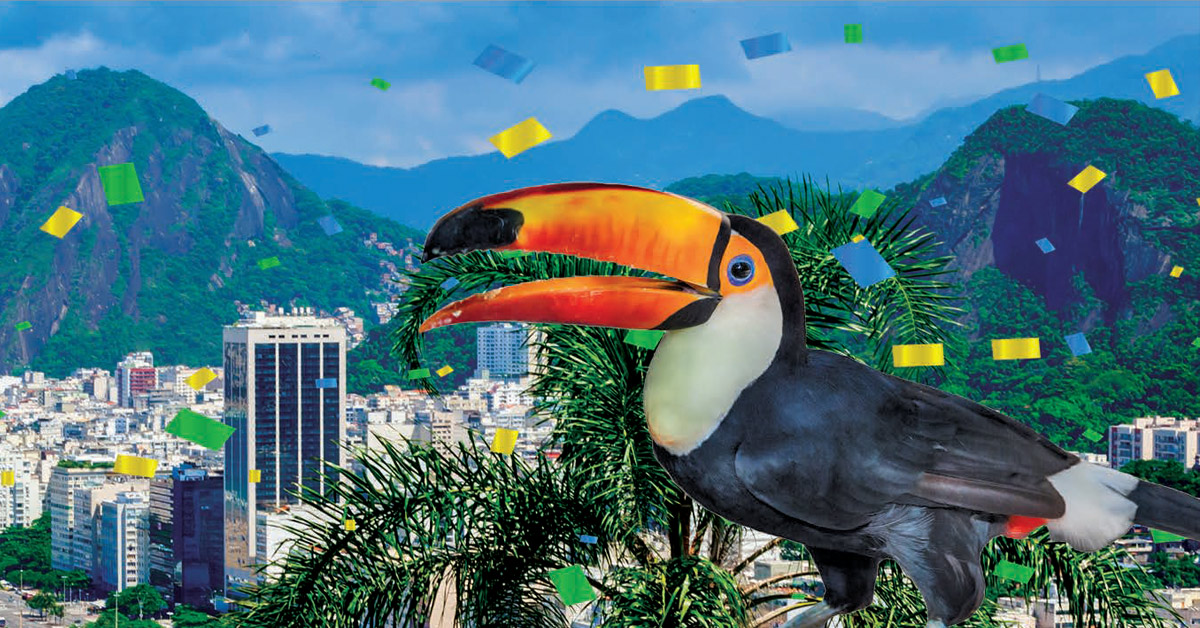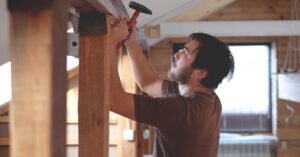A nation of more than 211 million people, Brazil ranks sixth in world population and is fifth behind Russia, Canada, the U.S. and China in land mass. The Amazon rainforest covers much of northwestern Brazil, while most of Brazil’s population lives in major cities along the east coast.
Brazil’s real estate markets have been showing signs of life even as the South American nation’s economy flirted with another recession early in 2019. Realtors in Brazil’s major cities were confident that the housing market was on an upswing after a prolonged slump followed a severe recession in 2015 and 2016. Nominal home prices rose marginally year over year this past February for the first time since July 2017, according to the Global Property Guide, although they fell by 3.7% during the same period when adjusted for inflation.
In Sao Paulo, the nation’s largest city with a metro-area population of about 21 million, nominal home prices rose by 2% year over year this past February, the Global Property Guide reported. This past May, Bloomberg noted that Sao Paulo’s luxury-apartment market was surging again.
The city’s office market was stable in second-quarter 2019, according to Cushman & Wakefield. The vacancy rate for top office properties in the central business district dipped to 21.4%, the lowest level since 2014. Rents were largely flat across the city’s submarkets and construction activity has been subdued.
The real estate market recovery has been slower in Brazil’s second-largest city of Rio de Janeiro, a metro area of 12 million people on the southeast coast. Office-market fundamentals remain challenged, although conditions have improved since the start of this year, according to Cushman & Wakefield. Rio’s overall vacancy rate for office properties dipped slighting in the second quarter of this year, but it was still extraordinarily high at slightly less than 40%, Cushman & Wakefield reported.
Rio’s housing market has been slow to recover. In the 12-month period ending this past February, nominal single-family home prices were down by 3%. Home prices there have fallen for four consecutive years, the Global Property Guide reported.
Brazil has a nominal annual gross domestic product (GDP) of $2.05 trillion, ranking it the eighth largest economy in the world, according to Investopedia. In the first quarter of this year, revised figures showed that the economy grew marginally after initial projections of GDP contraction, government statistics suggest. In the second quarter of this year, economic growth picked up to an annual pace of 1%.
Brazil draws roughly 16% of its direct foreign-investment dollars from the U.S., making the U.S. the second largest foreign-investment source there after the Netherlands, according to investment-services company Santander. The country saw a boom in foreign investment from 2009 to 2011, but that has slowed in the years following the global recession. Real estate investments in Brazil also have suffered due to the aftershocks of its most recent economic crisis that developed in mid-2014 and extended to 2016.






